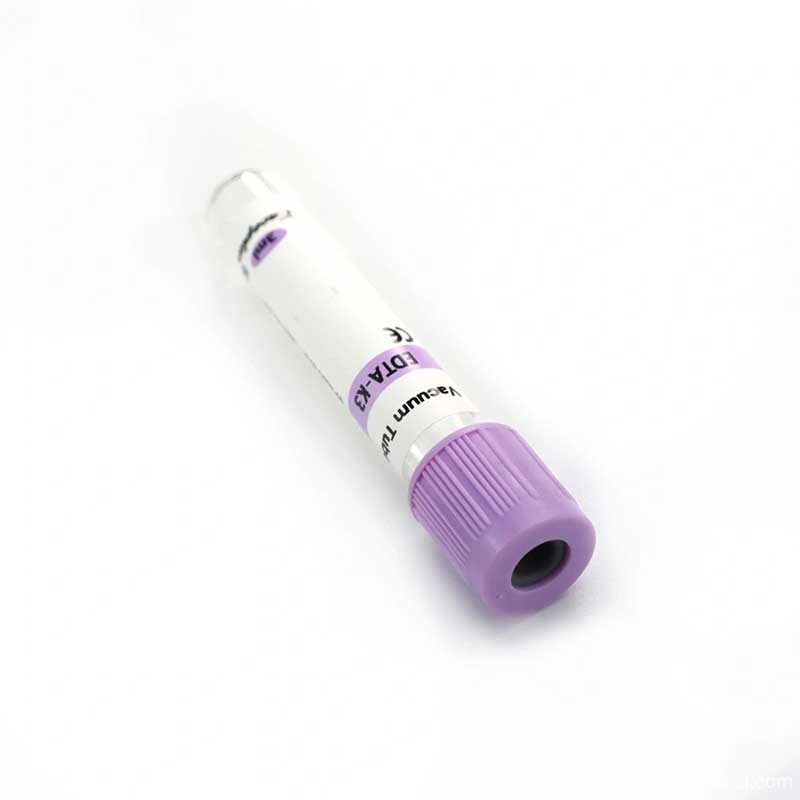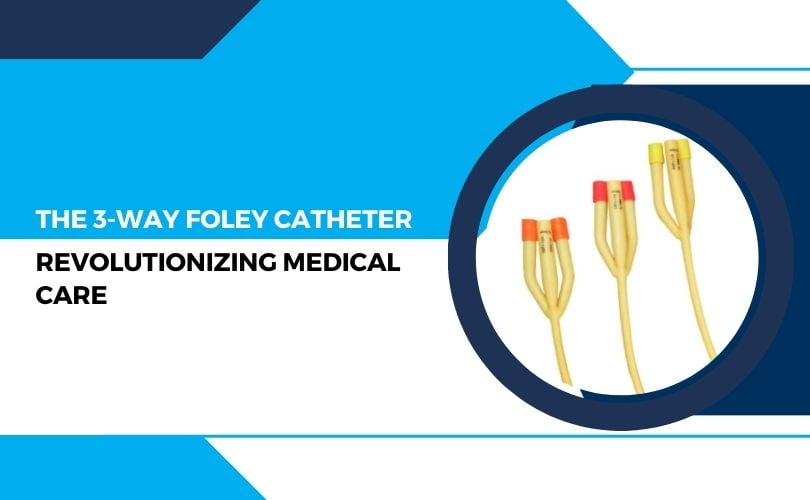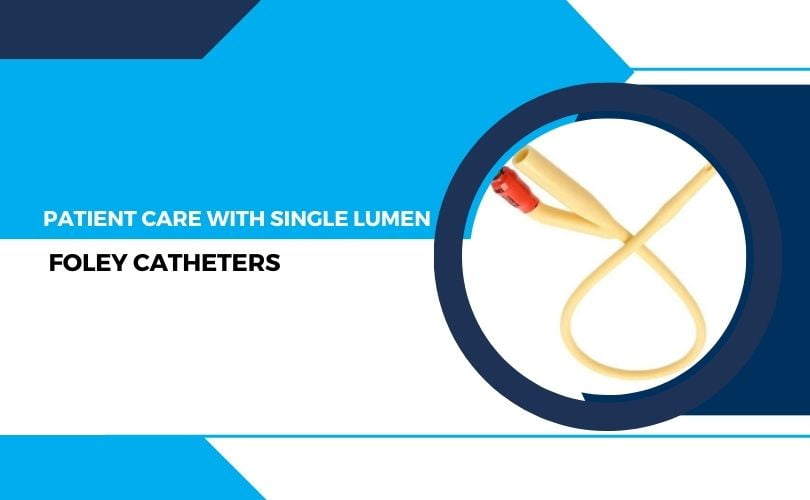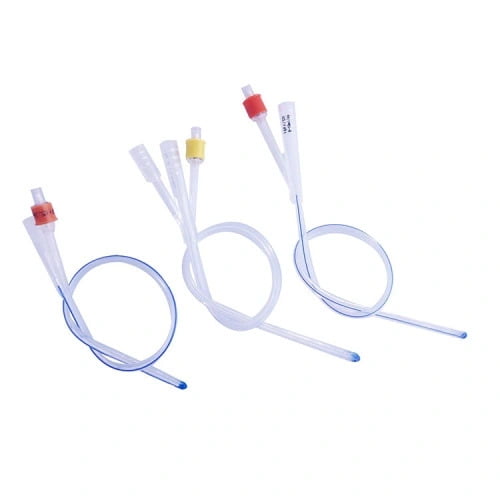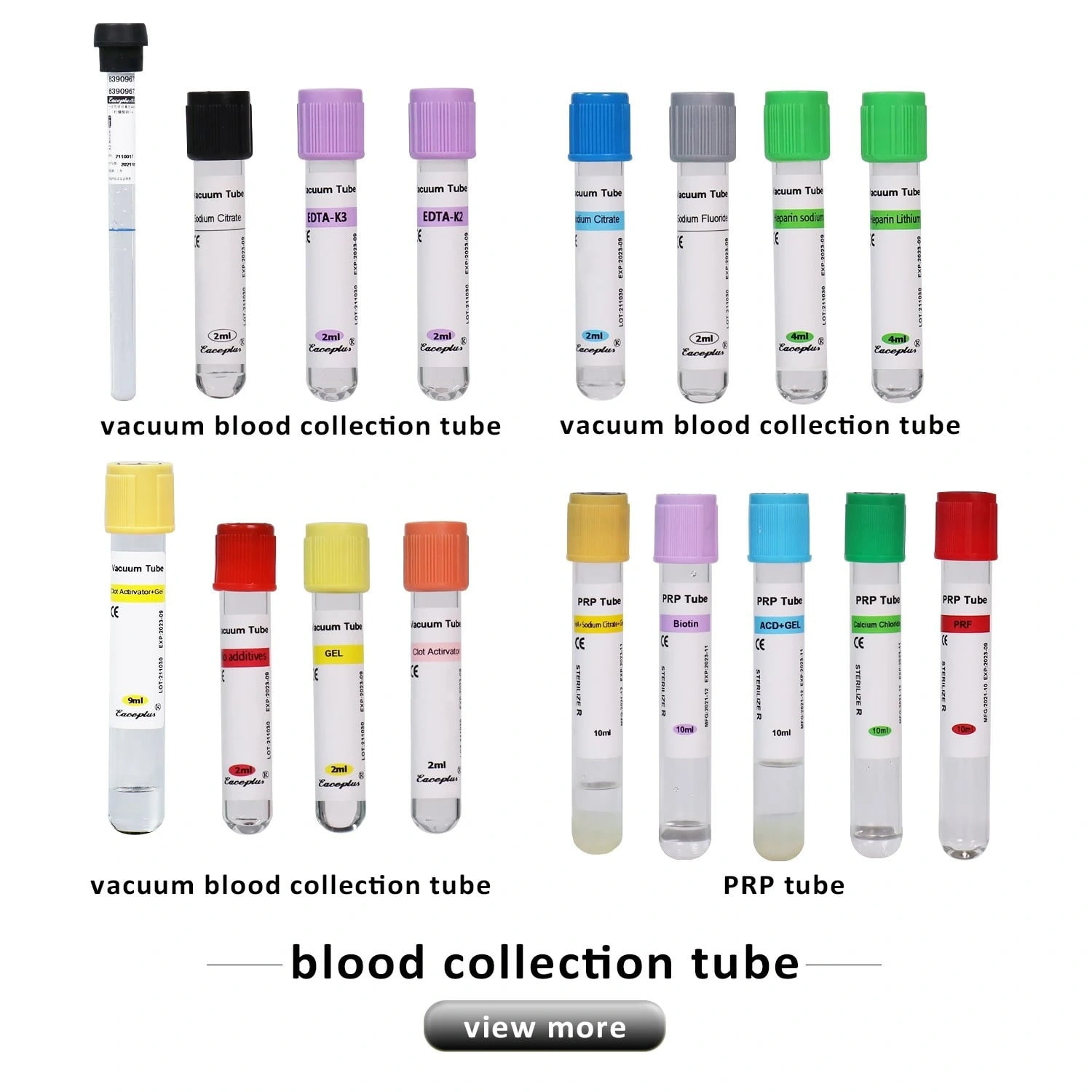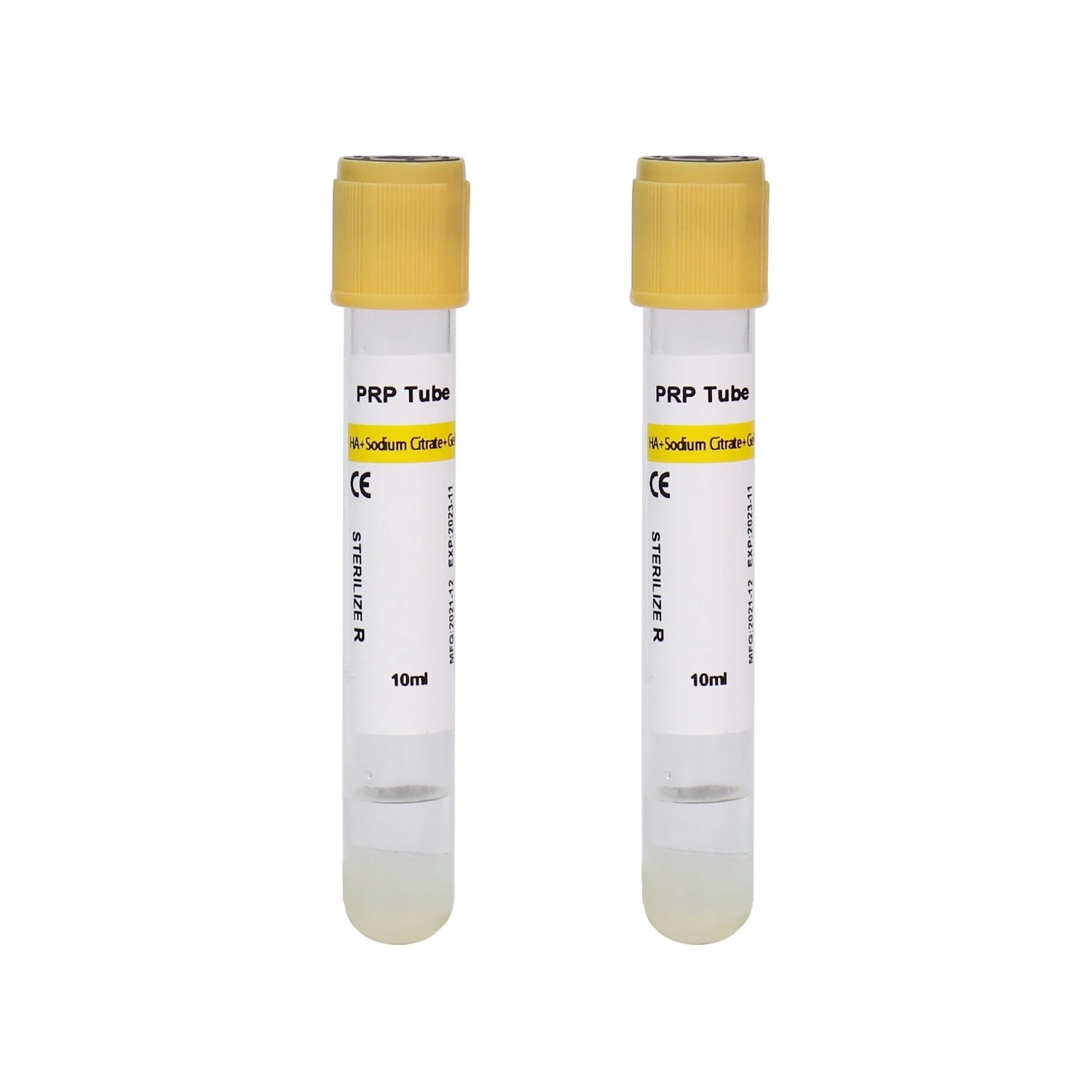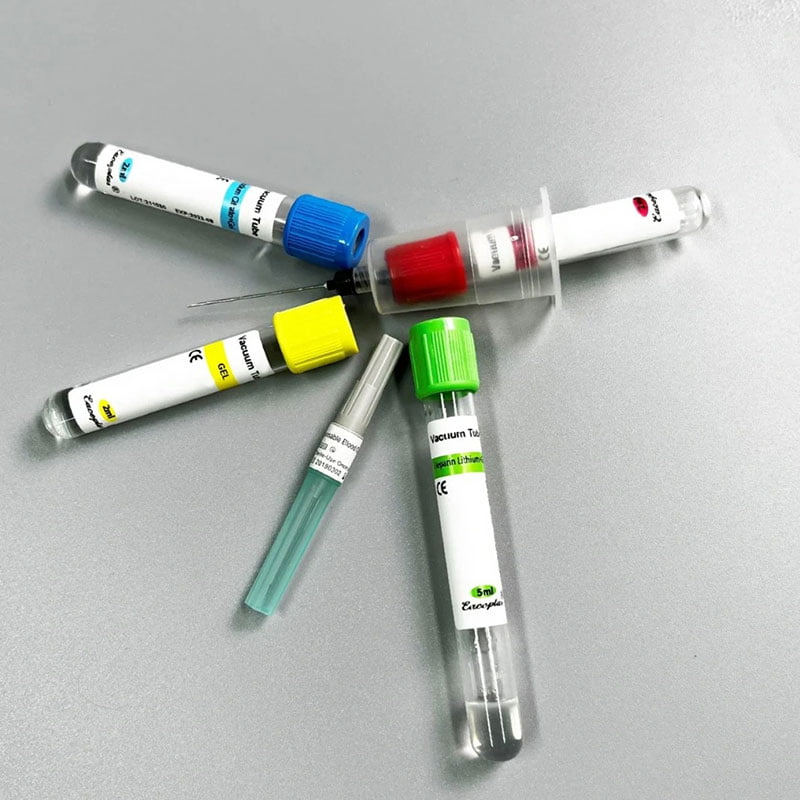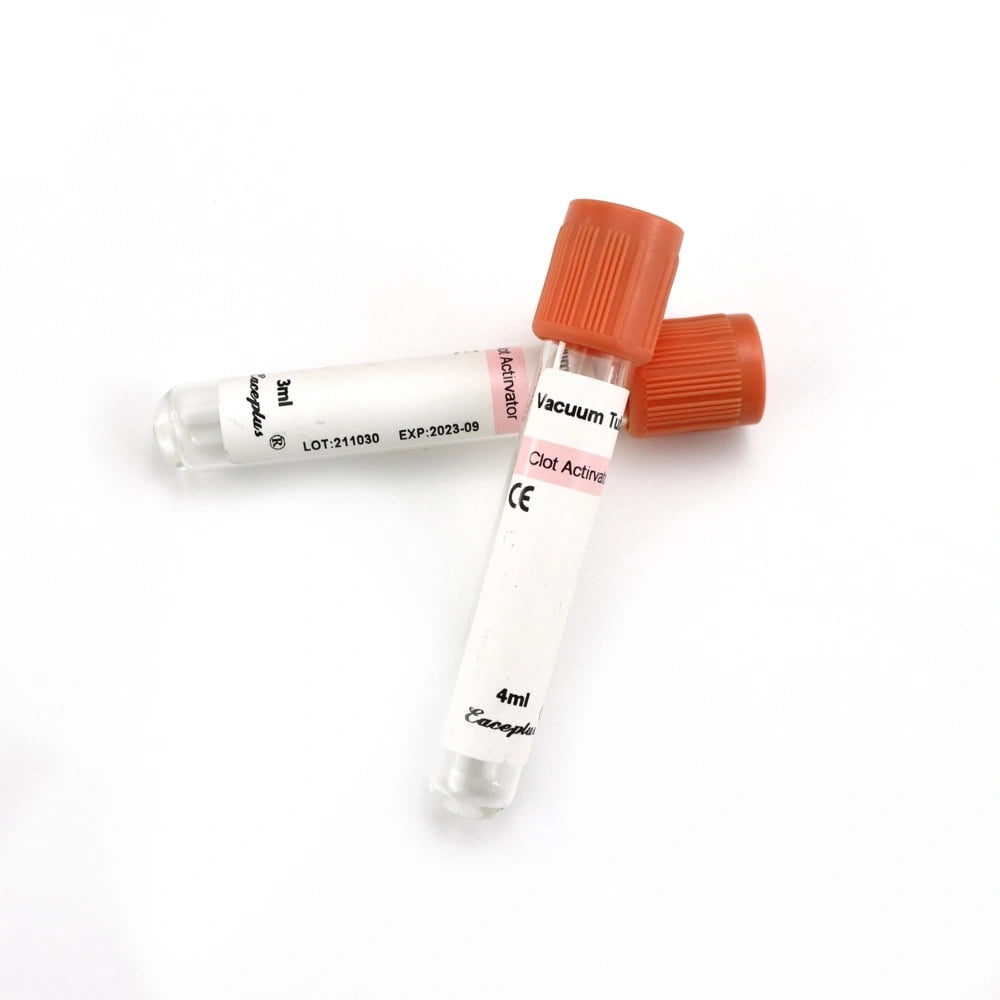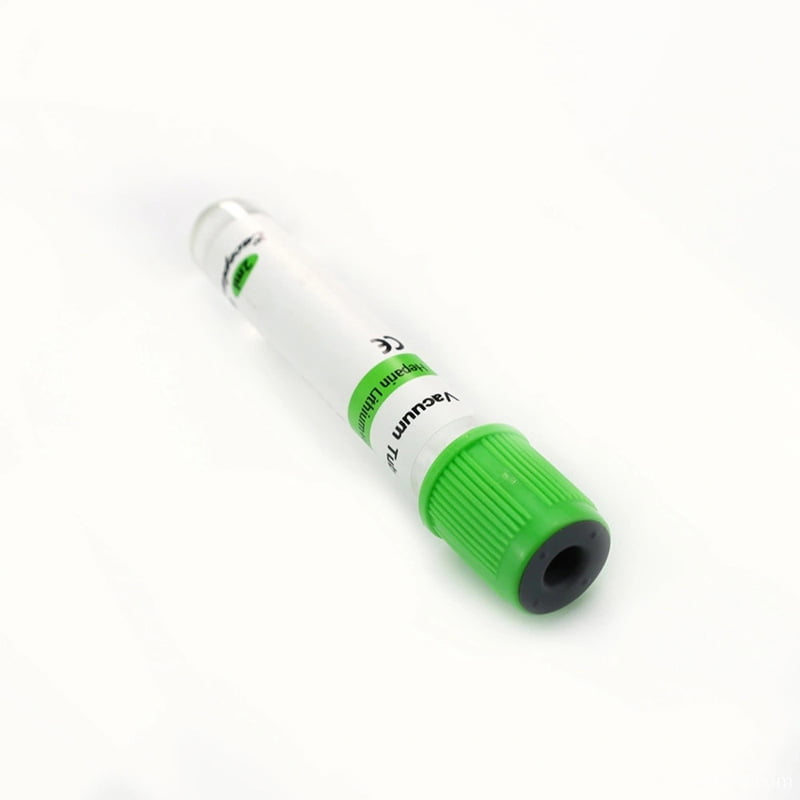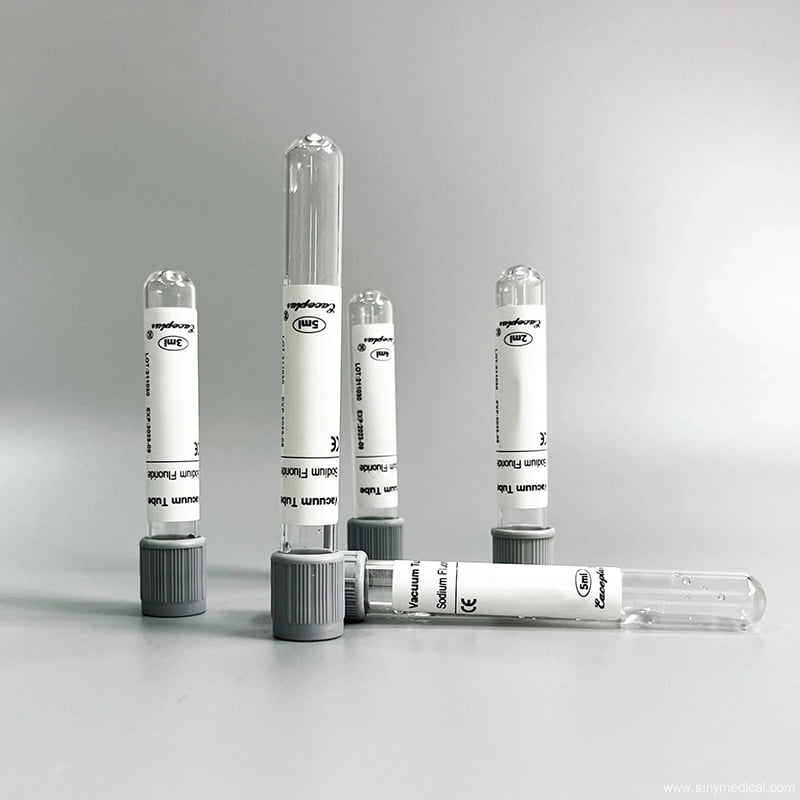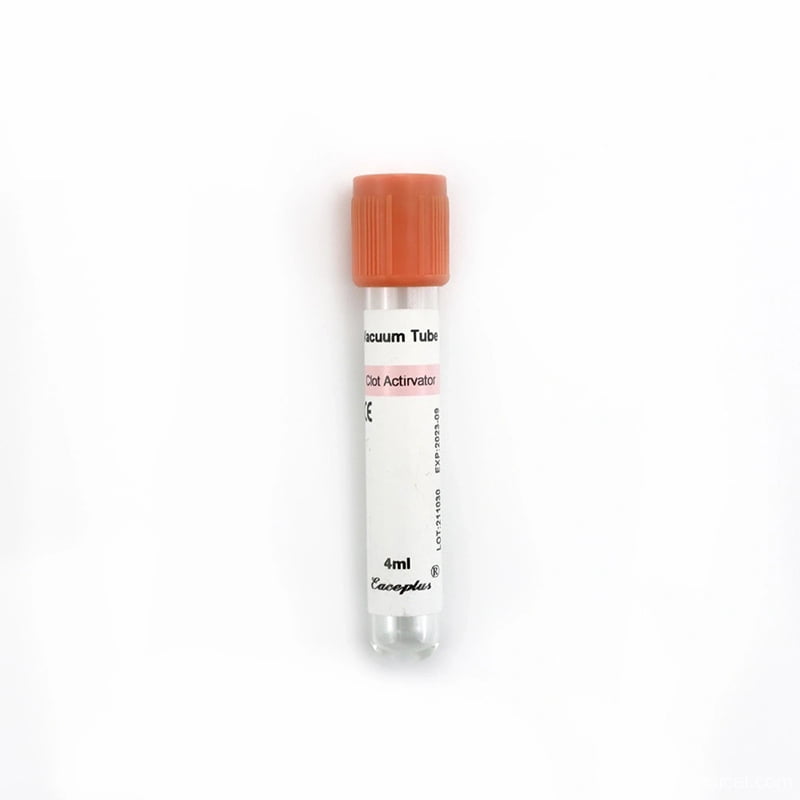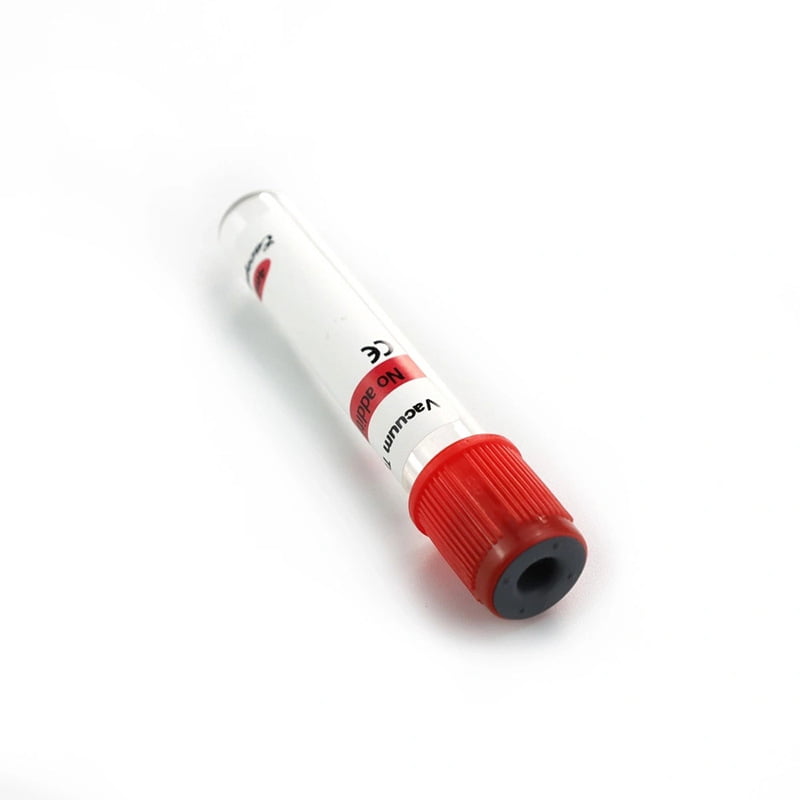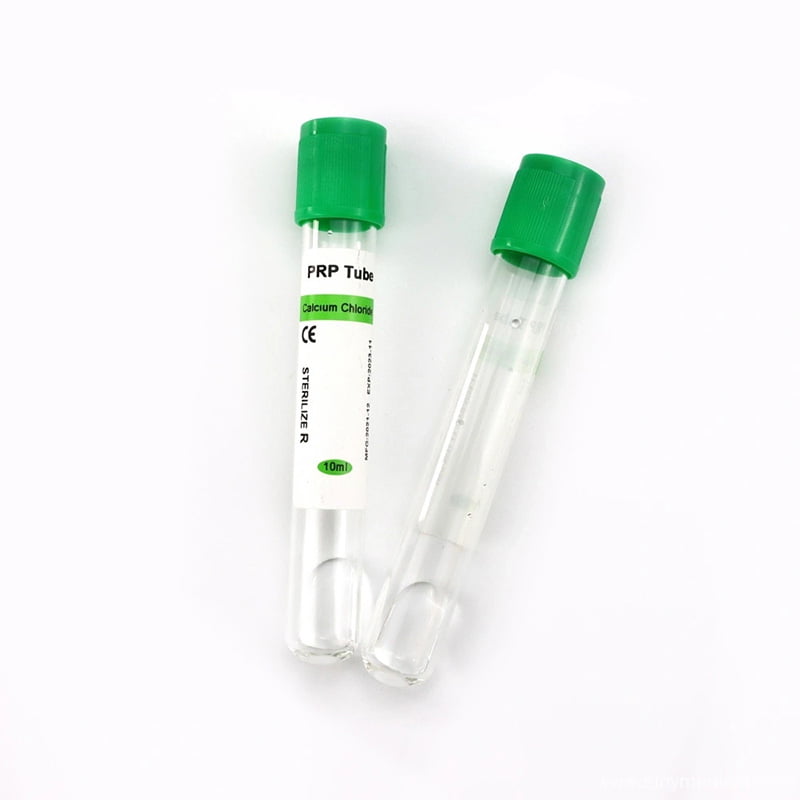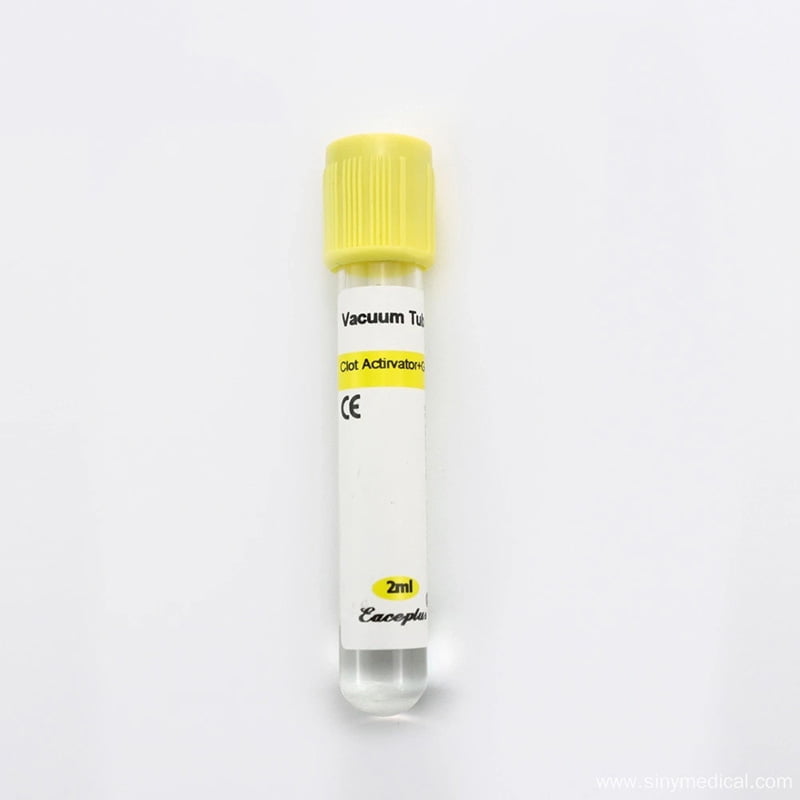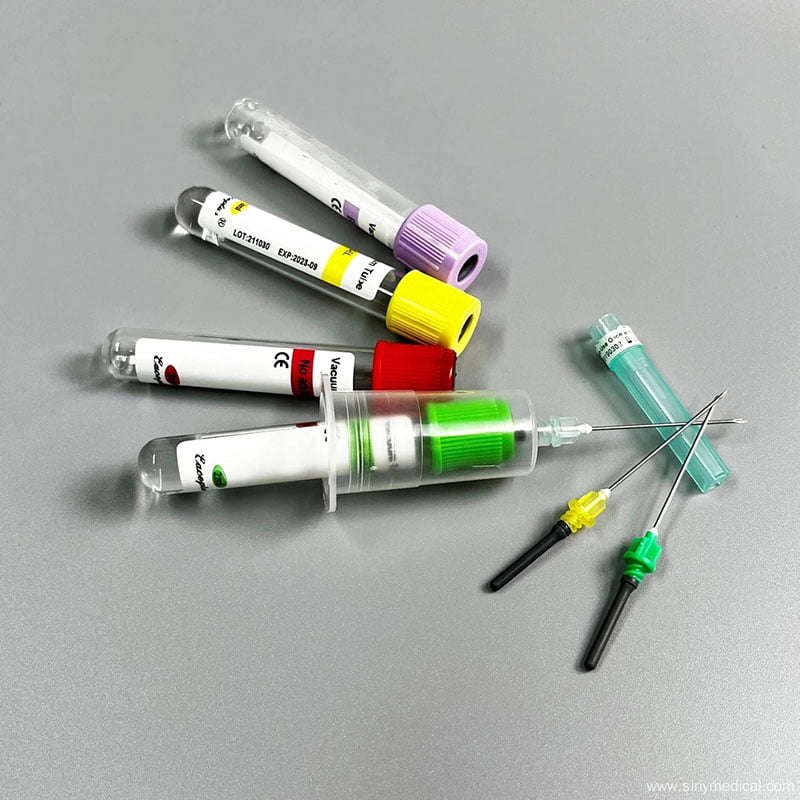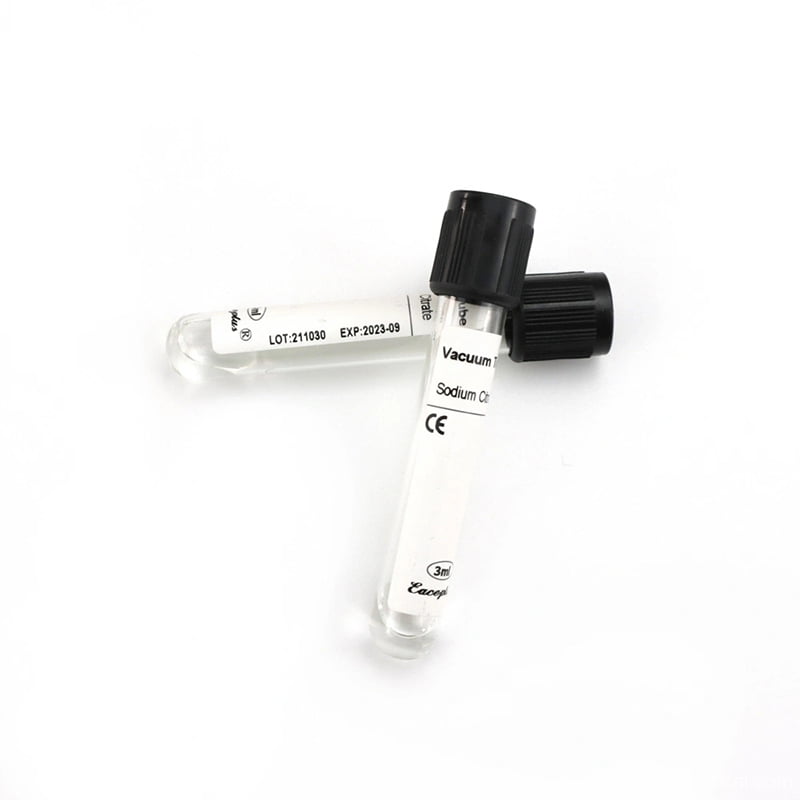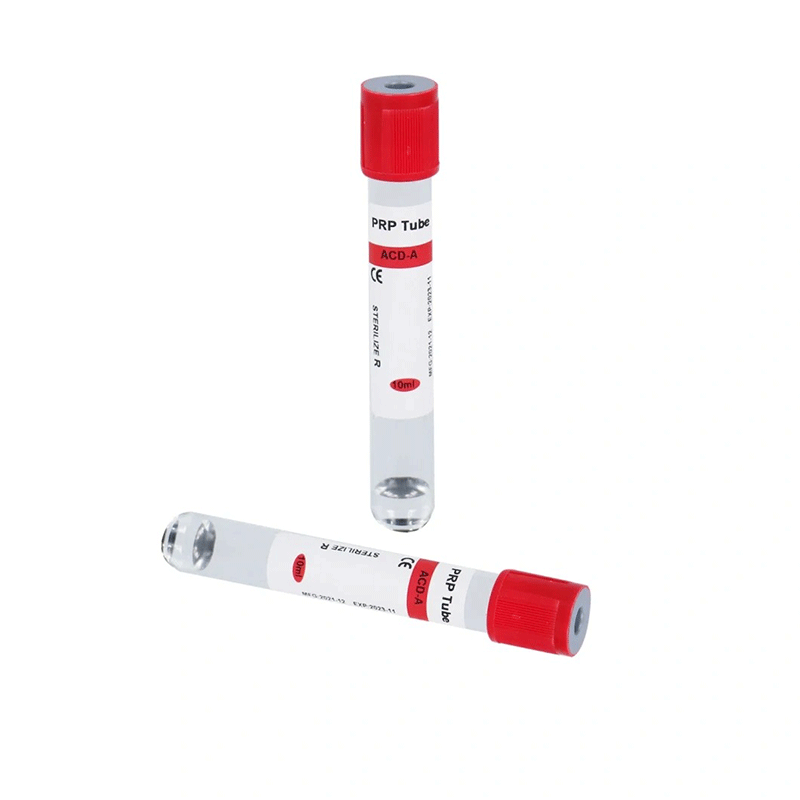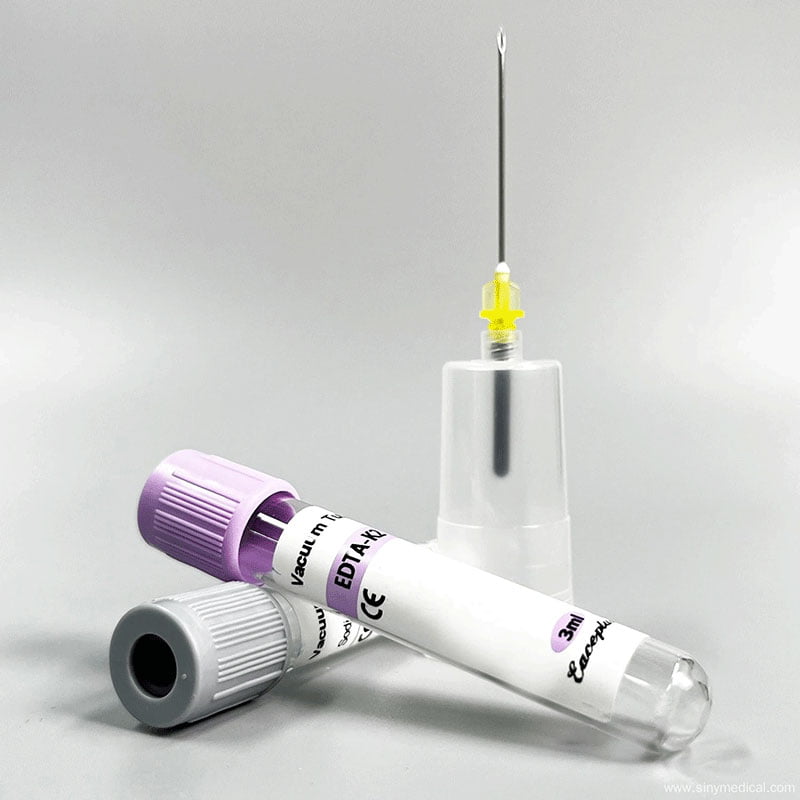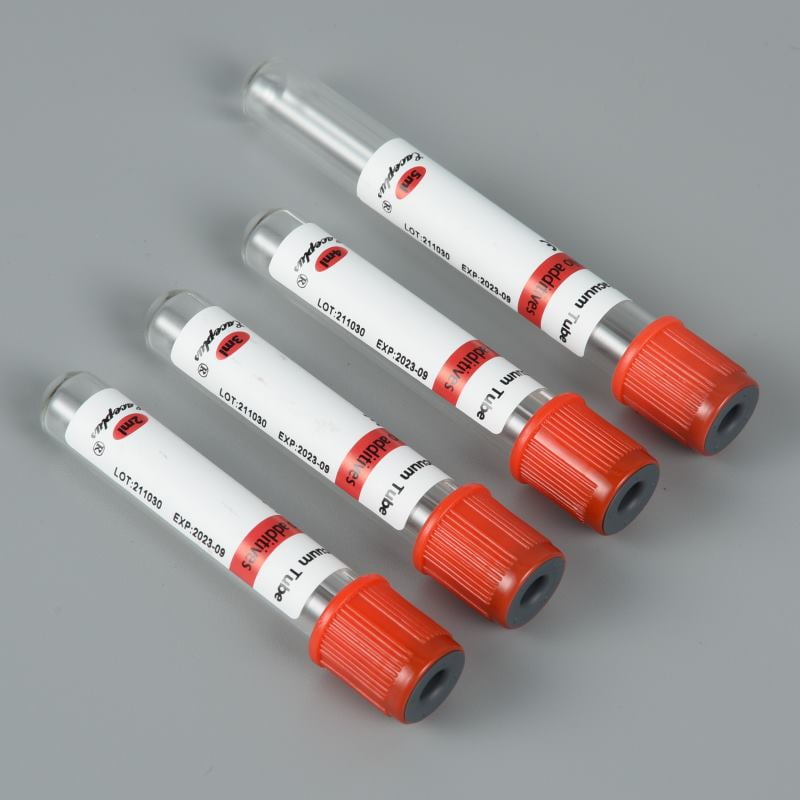Foley catheters are indispensable tools in clinical care, allowing effective bladder drainage for patients with urinary retention, surgical recovery needs, or long-term immobility. But choosing the right Foley catheter can be confusing, especially with so many types, sizes, and materials available today. From 2-way and 3-way variations to understanding French gauge sizes and material differences, this blog offers a thorough, evidence-based overview to guide your selection process.
Whether you’re a medical practitioner, nurse, or hospital supply manager, this guide will walk you through everything you need to know about Foley catheter types and how to pick the most suitable option for any clinical situation.
All product references and examples in this blog feature high-quality products from Siny Medical, a leading manufacturer of professional medical devices, including Foley urine catheters.
Table of Contents
What Is a Foley Catheter and How Does It Work?
A Foley catheter is a flexible, sterile tube inserted into the bladder via the urethra to continuously drain urine. It differs from intermittent catheters because it remains in place thanks to an inflatable balloon near the tip that holds it inside the bladder.
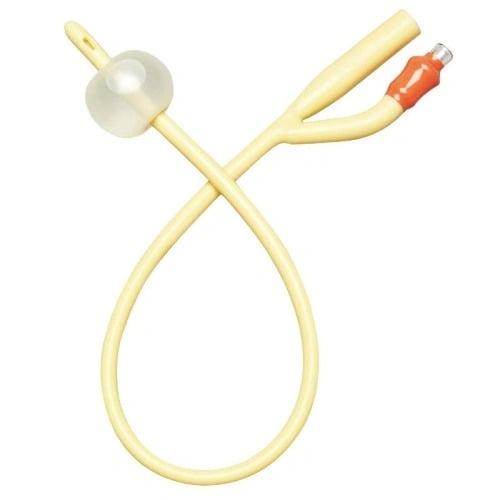
These catheters are commonly used in hospitals and long-term care settings for:
Post-surgical bladder management, urinary incontinence, prostate issues, spinal injuries, and neurological conditions affecting bladder control.
Foley catheters are classified based on design, size, and material—each having implications for comfort, duration, and safety.
The Main Foley Catheter Types
There are several different types of Foley catheters, each suited for specific patient needs. The two most common designs are 2-way and 3-way catheters.
2-Way Foley Catheter
The 2-way Foley catheter is the standard model used in most clinical settings. It features two separate lumens:
- One lumen drains urine into a collection bag
- The second lumen inflates the retention balloon to keep the catheter in place
These catheters come in various sizes and materials, including latex, silicone, and hydrogel-coated versions. They’re ideal for short-term and mid-term use, depending on the material.
You can explore different 2-way Foley catheters from Siny Medical.
3-Way Foley Catheter
Designed for more complex medical situations, the 3-way Foley catheter includes an additional third channel for bladder irrigation. This is essential in cases like:
- Postoperative bleeding after prostate surgery
- Continuous bladder irrigation
- Clot prevention and removal
Its three channels allow:
- Urine drainage
- Balloon inflation
- Irrigation fluid entry
3-way catheters are typically used in urology wards and ICUs.
To view the complete 3-way Foley catheter collection, check out Siny Medical’s 3-way options.
Foley Catheter Size
| Type | Size(Ch/Fr) | Balloon Capacity(ml/cc) |
| Children Foley Catheter | 6 | 3-5ml |
| 8 | 3-5ml | |
| 10 | 3-5ml | |
| 2-Way Foley Catheter | 8 | 3-5ml |
| 10 | 3-5ml | |
| 12 | 3-5ml | |
| 14 | 5-15ml | |
| 16 | 5-15ml/30ml | |
| 18 | 5-15ml/30ml | |
| 20 | 30ml | |
| 22 | 30ml | |
| 24 | 30ml | |
| 26 | 30ml | |
| 3-Way Foley Catheter | 16 | 5-15ml/30ml |
| 18 | 5-15ml/30ml | |
| 20 | 30ml | |
| 22 | 30ml | |
| 24 | 30ml | |
| 26 | 30ml |
Foley Catheter Materials: Latex vs Silicone vs Coated
The choice of material impacts biocompatibility, flexibility, encrustation risk, and long-term safety.
Latex Foley Catheters
Flexible and affordable, but may cause allergic reactions in sensitive patients. Often coated with silicone or hydrogel to minimize reactivity.
Silicone Foley Catheters
Hypoallergenic, non-reactive, and ideal for long-term use. These are stiffer than latex but are better tolerated over extended periods.
Hydrogel-Coated Catheters
These catheters reduce friction and offer a more comfortable insertion, especially for long-term patients or those prone to urethral irritation.
For material-specific product information, browse the Foley Catheter Material Range at Siny Medical Click here.
How to Choose the Right Foley Catheter
Choosing the right Foley catheter involves evaluating several factors:
Patient anatomy: Female, male, or pediatric
Usage duration: Short-term or long-term
Irrigation needs: If irrigation is needed, opt for a 3-way catheter
Allergies: Use silicone if the patient has latex sensitivity
Surgical context: Larger sizes for clot evacuation or continuous irrigation
When in doubt, consult your supplier or clinical guidelines. You can also get direct support from Siny Medical’s contact page.
Where to Buy High-Quality Foley Catheters
For FDA and CE-approved Foley catheters manufactured under international standards, visit Siny Medical.
They offer:
- 2-way Foley catheters
- 3-way Foley catheters
- Custom OEM services via their manufacturing network: Siny Medical on Made-in-China
Want to see how these products are used? Check out Siny Medical’s YouTube channel for tutorials, demos, and clinical tips.
Wrapping It
Navigating through the various Foley catheter types and sizes can feel overwhelming, but it doesn’t have to be. With the right knowledge and reliable sources, selecting a Foley catheter becomes a clinical decision rooted in comfort, safety, and effectiveness.
From 2-way for standard use to 3-way for complex irrigation needs, and from latex to silicone materials, this guide gives you the tools to choose wisely. Always align catheter selection with clinical requirements and patient-specific needs.
If you’re seeking premium, globally certified catheters, don’t hesitate to explore the full Siny Medical Foley Catheter Catalog and contact them directly for custom inquiries or OEM partnerships here.
Stay updated with latest medical solutions and tutorials at Siny Medical’s official YouTube Channel.
FAQs
What’s the most commonly used Foley catheter size?
For adults, 14-16 Fr is the standard size for general use.
What is the difference between 2-way and 3-way Foley catheters?
A 2-way Foley has channels for urine drainage and balloon inflation. A 3-way Foley adds a third channel for continuous bladder irrigation.
Can I use latex catheters for all patients?
No. Latex should be avoided in patients with latex allergies. Use silicone alternatives in those cases.
How often should Foley catheters be changed?
Generally, every 2-4 weeks, depending on the type and clinical scenario. Long-term catheters (especially silicone) may last longer under proper care.
What is the use of a 30 ml balloon catheter?
Used in postoperative settings or when larger bladder anchoring is needed, such as during TURP procedures.

